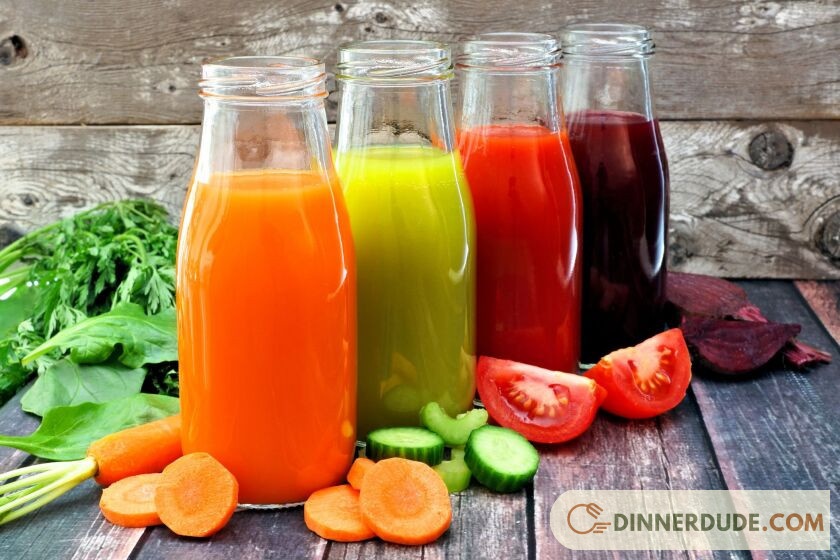Unlock the nutritional powerhouse of juicing with DinnerDude as we explore whether juicing is a reliable and efficient method to boost your nutrient intake.
So, Is juicing a good way to get nutrients? Delve into the world of fresh, vibrant fruits and vegetables, and discover if juicing is the key to obtaining essential vitamins and minerals conveniently and deliciously. Join us on a journey to understand the benefits and considerations of incorporating juicing into your daily routine at DinnerDude.
Understanding the Concept of Juicing

Juicing is a process that involves extracting the liquid content from fresh fruits and vegetables. This method, which has been popular since the mid-20th century, allows for quick absorption of high-quality nutrition, providing an energy boost and increasing our intake of health-promoting phytochemicals.
The juice extracted contains most of the vitamins, minerals, and plant chemicals found in the fruit or vegetable. However, it’s important to note that the healthy fiber present in whole fruits and vegetables is often lost during juicing.
There are different methods of juicing, one of which is cold-pressed juicing. This technique uses a heavy press to squeeze out the liquid while removing pulp and seeds, offering a different experience compared to blending.
Despite its popularity and the convenience it offers, juicing has sparked debates among health experts regarding its nutritional benefits.
Is juicing a good way to get nutrients?
Potential Health Benefits of Juicing

Drinking juice can help your body absorb nutrients quickly, without having to digest fibers and other components in whole foods.
It also helps you get a larger intake of vitamins and minerals—more so than you may be getting in your regular diet. However, juicing should not displace whole fruits and vegetables in your diet.
Changing the form of fruits and veggies won’t necessarily help you lose weight or get rid of toxins, despite popular health claims.
Potential Risks of Juicing
While juicing can help you consume important nutrients, it’s not as healthy as you might think. The sugar in juice can increase your appetite, and the lack of fiber keeps your belly asking for more.
There is no protein or healthy fats in juice, so when juicing, you have to keep in mind that they aren’t filling calories.
Moreover, juice can be sneakily calorie-dense. For example, juicing 5 fruits can add up to 500 calories and more than 100 grams of sugar.
The Role of Juicing in a Healthy Diet

Though it is not recommended to use juice as a meal replacement or for a “cleanse,” supplementing a healthy diet with small amounts of juice can boost your day with extra nutrients and hydration.
Juice can be a great way to squeeze in additional vitamins and minerals, but it doesn’t have the fiber, protein, and fat that are also essential for health. Therefore, it’s crucial to keep calories in check.
Debunking Common Misconceptions about Juicing
There are several misconceptions about juicing. One common myth is that with juicing, the most important ingredient — the fiber — is thrown away.
While it’s true that juicing removes much of the fiber, some soluble fiber remains, which has been shown to lower cholesterol levels and exert other beneficial effects beyond improved bowel function.
Another misconception is that you shouldn’t mix fruits and vegetables in juice, as they require different digestive processes.
However, there’s no scientific evidence to support this contention. Some people may experience discomfort when mixing fruits and vegetables, but this varies from person to person.

In conclusion, We have the answer to the question Is juicing a good way to get nutrients? While juicing can provide a quick and convenient way to increase your intake of vitamins and minerals, it should not replace whole fruits and vegetables in your diet.
It’s also important to be mindful of the sugar content in juices and to remember that they lack the fiber, protein, and healthy fats necessary for a balanced diet.